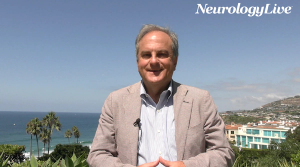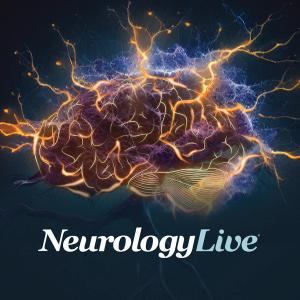|Videos|May 1, 2019
Understanding Hereditary ATTR (hATTR) Amyloidosis and the Recent Advances in Management
Advertisement
Newsletter
Keep your finger on the pulse of neurology—subscribe to NeurologyLive for expert interviews, new data, and breakthrough treatment updates.
Advertisement
Related Articles
 Pathophysiology of Myasthenia Gravis
Pathophysiology of Myasthenia GravisSeptember 18th 2025
Latest CME
Advertisement
Advertisement
Trending on NeurologyLive - Clinical Neurology News and Neurology Expert Insights
1
International Committee Publishes 2024 Revisions to McDonald Diagnostic Criteria for Multiple Sclerosis
2
RELIEV-CM Pilot Study Data Further Supports ShiraTronics’ Neuromodulation Device to Treat Chronic Migraine
3
New Study Finds Link Between Gut Hormone GLP-1 and NMOSD Symptoms, Paving Way for Targeted Treatments
4
SKY-0515 Demonstrates Dose-Dependent Reductions in Mutant Huntingtin Protein in Phase 1 Update
5













































